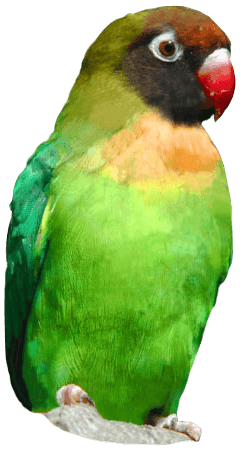
Red Pandas Born at Drusillas Park
It’s panda-monium at Drusillas Park in East Sussex following the birth of two red panda babies; the first of their kind to be born in the zoo’s 89 year history!
As with the giant panda, female red pandas are only fertile for just one day a year and can delay implantation until conditions are favourable. Red pandas give birth to between one and four young at a time and the cubs are born with pale fluffy fur. This darkens to the distinctive red coloration of the adults over the first three months.
The twins, which are a boy and a girl, where born on 16 June and were discovered by Head Keeper, Mark Kenward during his early morning rounds:
Mark commented: “I entered the panda enclosure and was immediately met by Tibao, our male panda. Unable to see our female, Mulan, I called to her. She appeared from one of the nest boxes shortly after carrying a baby gently in her mouth. She brought the cub over, as if to show me, before returning to the box. I can’t explain how happy I was.”
Since then the keepers have been keeping a close eye on the new arrivals. At nearly a month old, the panda puffs are gaining between 7-20g a day and have just started to open their eyes. They will be looked after in the nest box by their mum for a while yet but will soon be venturing out to explore their surroundings.
Red pandas are a relatively new addition to the zoo following their introduction in April 2013. Tibao and Mulan were paired as part of the European breeding programme arriving from Asson Zoo in France and Paignton Zoo respectively. This is the first time that both animals have become parents and they are proving to be naturals.
Mark commented: “I am so proud of Mulan. She is a natural mum and not put a foot wrong. It is as if she has grown up overnight. Tibao has less to do with the babies but he seems to have an extra spring in his step and has definitely grown in confidence.”
These mild mannered creatures inhabit the Himalayan mountains of China, India and Nepal where they are threatened by habitat destruction and hunting and sadly, there are now believed to be as few as 10,000 adult individuals left in the wild. Red pandas live on their own or in small family group and feed almost entirely on bamboo - hopefully the new arrivals will be the first of many ‘bambinos’ born at the Park.




